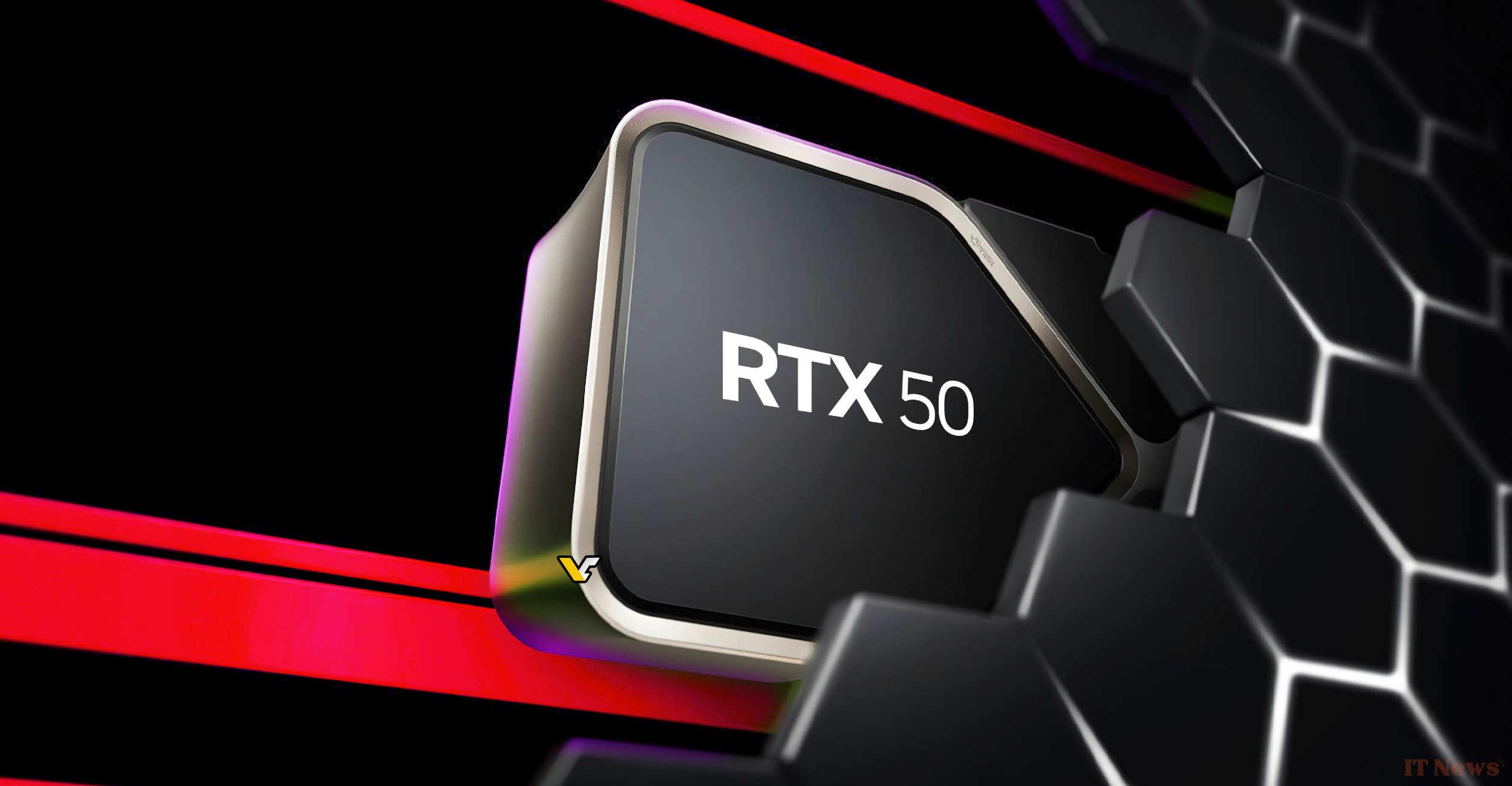The first specifications of the GeForce RTX 5060 and RTX 5050 have just leaked. Nvidia seems to be banking on a smooth evolution, with few changes. The brand would maintain a rather conservative strategy for these new graphics cards.
The graphics card market is constantly evolving, but recent launches have often been marked by availability limited availability and high prices. The entry-level and mid-range models are particularly eagerly awaited, as they are the ones that equip the majority of gamers. Nvidia is preparing its new RTX 5060 and 5050, and the first leaks reveal technical choices that may disappoint some.
Alleged specifications of the GeForce RTX 5060 and 5050 have been published by a reputable leaker. These new cards would use the Blackwell architecture and bring some technical improvements, but without revolutionizing the current offering. Nvidia seems to favor a light update, with moderately increased performance and increased power consumption. Early information indicates that memory and bus capacity will remain limited, which could limit performance gains, especially in high definition.
The RTX 5060 and 5050 get a slight power boost
According to available information, the RTX 5060 would feature 3,840 CUDA cores, compared to 3,072 for the RTX 4060. It would retain a 128-bit memory bus, but would move to GDDR7 memory, a change that could improve bandwidth. Its power consumption would climb to 150W, compared to 115W for the previous model. The Ti version would benefit from a greater number of CUDA cores and a choice between 8GB and 16GB of GDDR7 memory. Despite these developments, the width of the memory bus would remain a limiting factor, especially in 1440p and 4K, where performance could stagnate compared to the previous generation.
The RTX 5050 would mark the return of the xx50 range after the absence of an RTX 4050 model. However, its specifications remain close to the RTX 3050, with 2,560 CUDA cores and 8 GB of GDDR6 instead of GDDR7. Power consumption would remain at 130 W, suggesting that the performance improvement would come mainly from architectural optimizations and higher frequencies. The presence of GDDR6 memory, instead of GDDR7 as on the RTX 5060, could limit its interest compared to competing alternatives.
GeForce RTX 5060
PG152-SKU25
GB206-250-A1
3840FP32
128-bit GDDR7 8G
150W— kopite7kimi (@kopite7kimi) March 10, 2025




0 Comments